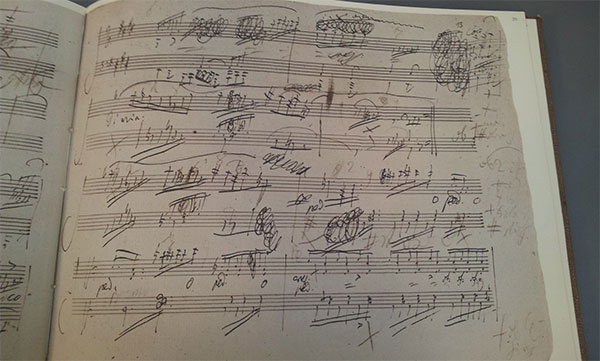You may have heard the term “Asian Production Pianos.” What does that mean? Here is some historical context. The piano industry started in Europe centuries ago offering hand-built pianos from many manufacturers. Eventually manufacturing migrated to the United States which had well over 1,000 companies making pianos a century ago. The Japanese followed with the giants, Yamaha and Kawai. This is when the scale of production increased to a point where technologies were employed to produce massive numbers of pianos which would be classified as “Asian Production Pianos”. Later the Koreans produced pianos including Samick and Young Chang. Today, hundreds of companies in China are manufacturing pianos. The vast majority of these pianos are production pianos meaning that they produce vast numbers of instruments.
Just because pianos are made in Asia does not necessarily mean that they are Asian production pianos. Here is an example: Yamaha is a very large piano manufacturer and they make many pianos and many of them would be classified as Asian production pianos. Even their CX series would be in my opinion classified as an Asian production piano. This simply means that they make a lot of them! When you take a company like Mason Hamlin which only make around 100 to 150 pianos a year and European companies like Sauter which make a only a few hundred pianos a year, these are hand-crafted pianos. Steinway is the most notable example of hand-built pianos of the highest order.
When it comes to production pianos, Pearl River would be a classic example. Last year they made around 130,000 pianos! Obviously, there have to be technologies employed to this massive scale of production from seasoning woods to crafting actions with thousands of parts. Just one of their factories is over 1 million square feet ! So, that is a great example of an Asian production piano. However, Pearl River does have other name brands they sell in more limited quantities with more hand work.
When it comes to Yamaha, just because it’s a Yamaha doesn’t mean that it’s an Asian production piano. They have their CF and SX series which are hand built pianos. I would not classify these as Asian production pianos even though they are produced by Yamaha. They are handmade in limited production in separate factories from where they make their other pianos such as the CX series.
They also have pianos they make on the other end of the spectrum that they build in factories in Indonesia which are certainly Asian production pianos. These are price point pianos which service the entry level market for baby grand and upright pianos. They may not be heirloom pianos, but they serve a very important function in the market. I hope this has been helpful for you! This is Robert Estrin at LivingPianos.com – your online piano store. 949-244-3729 info@LivingPianos.com





